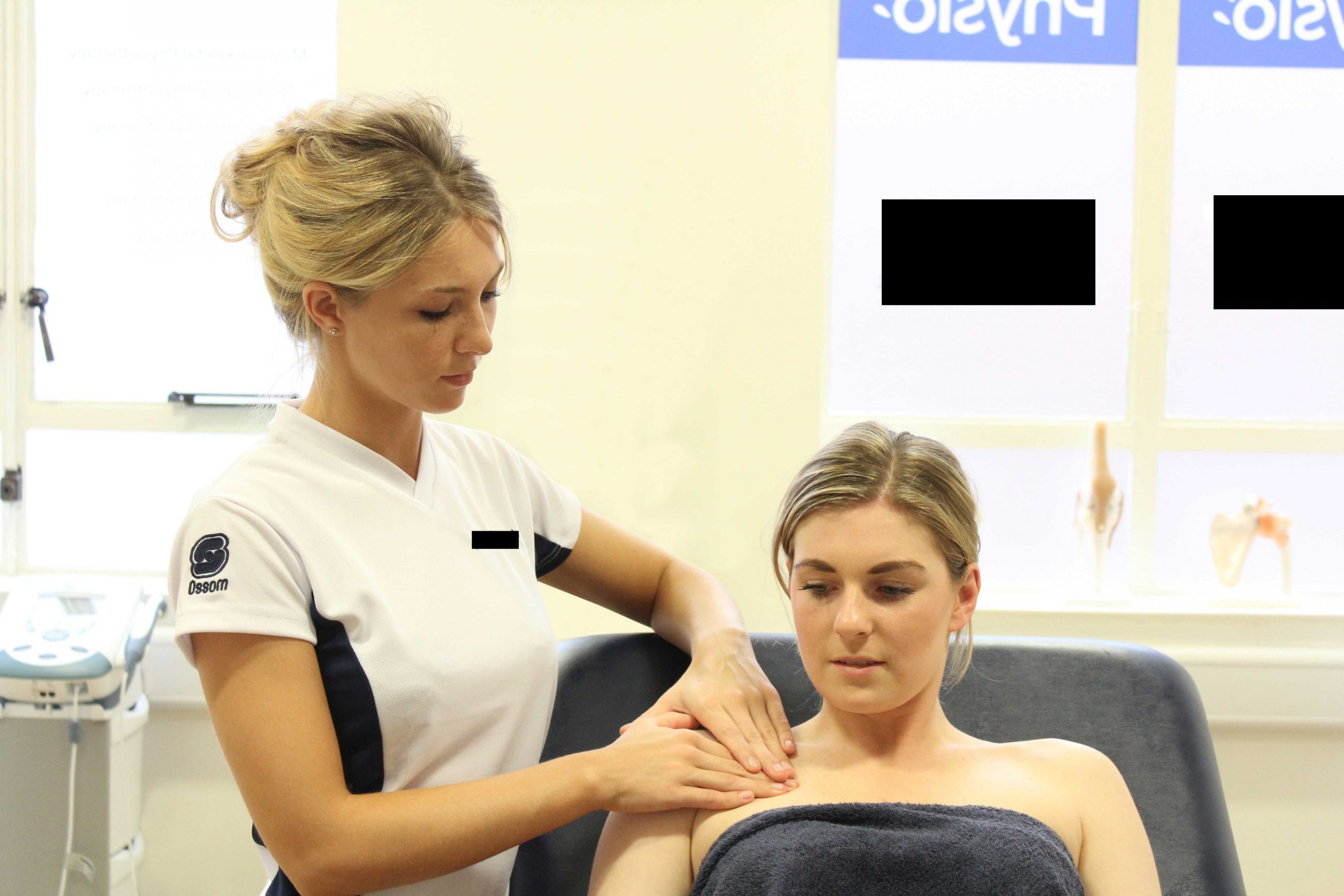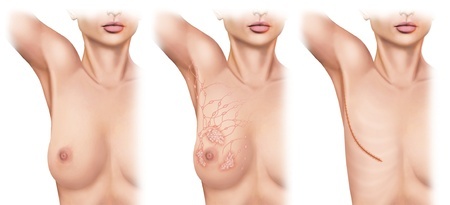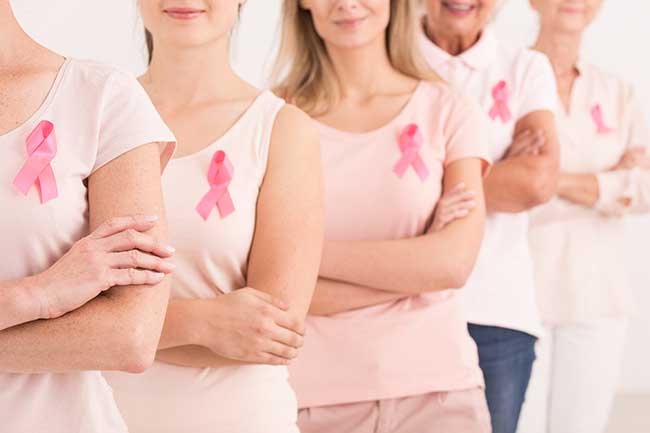Having a Mastectomy to Treat Breast Cancer

If you or a family member is diagnosed with breast cancer, then your doctor may suggest you undergo a mastectomy as a treatment option. You might also have heard that the Dominican Republic is one of the best places to have this carried out. You most likely have a lot of questions regarding the procedure, such as “what is a mastectomy and why should I go to the Dominican Republic to have it?”
A mastectomy is a method to treat or prevent breast cancer. It works by surgically removing the breast and, sometimes, the nearby tissues. This surgery may be performed when a woman is at high risk of getting breast cancer or a woman who cannot be treated with lumpectomy (breast-conserving surgery in which only the tumor is removed from the breast). Mastectomy is also the primary treatment for breast cancer in men since men only have little breast tissue, and most tumors in men appear under the nipple. Many people choose to undergo surgery in the Dominican Republic because the country offers an affordable, high-quality mastectomy that you might not find in other countries.
Here’s everything you need to know about having a mastectomy to treat breast cancer in the Dominican Republic.

Who should get a mastectomy?
A mastectomy is mostly performed to treat people with breast cancer. The types of breast cancer that the procedure may treat include:
- Ductal carcinoma in situ (DCIS), also known as noninvasive breast cancer
- Early-stage breast cancer (stage I and II)
- Locally advanced breast cancer (stage III), after chemotherapy
- Inflammatory breast cancer, after chemotherapy
- Locally recurrent breast cancer
- Paget’s disease of the breast
If you are wondering why your doctor recommends you to undergo a mastectomy instead of a lumpectomy plus radiation, below are the reasons why a mastectomy would be better for you:
- You have micro-calcifications in your entire breast that have been diagnosed to be cancerous after a breast biopsy.
- You have two or more tumors in separate areas of your breast.
- You are pregnant and radiation may pose a dangerous risk to your unborn child.
- You have had radiation treatment before in your breast and cancer has recurred.
- You carry a gene mutation that makes you at a high risk of developing second breast cancer.
- You have had a lumpectomy, but cancer is still present at the margin of the operated area and there is concern about cancer spreading elsewhere in the breast.
- You are unable to have radiation therapy.
- Your tumor is large and you may not have enough healthy tissue left after a lumpectomy.
- You have a connective tissue disease, such as scleroderma or lupus, and maybe are too sensitive to the side effects of radiation to the skin.
In some cases, a mastectomy is also performed to prevent breast cancer. Your doctor may recommend you undergo the procedure if you have a very high risk of developing breast cancer even though you do not have it. Preventative mastectomy significantly reduces your risk of developing breast cancer in the future. However, it is reserved for people with a very high risk of breast cancer, which is determined by the presence of a certain genetic mutation and a strong family history.
What are the types of mastectomy?
There are numerous different types of mastectomies based on how much tissue is removed and how the surgery is done.
- Simple (or total) mastectomy – this procedure concentrates on the breast tissue itself. The surgeon removes the whole breast, including the areola, nipple, and skin. Depending on the situation, some underarm lymph nodes may also be removed. This type of mastectomy is ideal for women with large or multiple areas of ductal carcinoma in situ and women seeking to prevent breast cancer.
- Skin-sparing mastectomy – during this procedure, only the breast tissue, areola, and nipple are removed. Most of the skin over the breast is left intact.
- Nipple-sparing mastectomy – this procedure is a variation of the skin-sparing mastectomy. Only the breast tissue is removed, while the breast skin and nipple are left in place.
- Modified radical mastectomy – this type of mastectomy is a combination of a simple mastectomy with the removal of the lymph nodes.
- Radical mastectomy – this is the most extensive type of mastectomy. During the procedure, the surgeon removes the entire breast, lymph nodes of the underarm, and the pectoral muscles under the breast. This surgery was once very common but is rarely done now. It is only recommended only when breast cancer has spread to the pectoral muscles.
- Partial mastectomy – during partial mastectomy, only the cancerous part of the breast tissue and some normal tissue around it. Technically, lumpectomy is a form of partial mastectomy. However, partial mastectomy involves the removal of more tissue than in lumpectomy.
- Double mastectomy – when both of your breasts are removed, it is known as a double or bilateral mastectomy. It is mostly done as risk-reducing surgery for women at very high risk of getting breast cancer. Most of the double mastectomies involves simple mastectomies, but some may be nipple-sparing.
What are the risks of a mastectomy?
Like any other surgeries, a mastectomy has a risk of complications. Risks of a mastectomy are as follows.
- Pain
- Bleeding
- Infection
- Swelling in your arm (if you have lymph node of the underarm removed)
- Stiffness and shoulder pain
- Scar tissue at the surgical site
- Numbness
- Hematoma.
How should I prepare for a mastectomy in the Dominican Republic?
The first thing you want to do is to find a highly-qualified surgeon in the Dominican Republic. If it’s too hard for you to find a trustworthy medical center with skilled surgeons, you can always get the help of MyMediTravel. Their team will help you choose the best medical centers in the country and guide you through the whole process.
Once you have booked your appointment, you will fly to the Dominican Republic several days prior to the surgery. Make sure to prepare everything you will need for your stay in the country. You will meet with your surgeon to discuss your options and they will review your medical history and determine the plan for your anesthesia. During this consultation, ask questions and be sure that you fully understand the procedure, including the reasons for, benefits, and risks of the surgery. Your surgeon will also give you instructions about any restrictions and other things you need to know. In general, you should not take blood-thinning medications a week before the surgery and you have to avoid eating or drinking for 8 to 12 hours prior to the surgery.
How is a mastectomy performed?
A mastectomy is performed under general anesthesia, so you will be ‘asleep’ and unaware during the surgery. The surgery starts by making an incision around your breast. Then, the breast tissue is removed and, depending on the type of the mastectomy, other parts of the breast may also be removed. Once the surgery is completed, the incision is closed with stitches.
The surgery usually takes one to three hours to complete. Some people can leave the hospital on the same day, others may need to stay in the hospital for a couple of days.
What happens after a mastectomy in the Dominican Republic?
Following the surgery, you may need to attend follow-up checkups with your surgeon to monitor your condition and healing progress. Therefore, you should not leave the Dominican Republic right away. The recommended length of stay is about 14 days to let your body heal.
How long is the recovery time of a mastectomy?
You should be able to return to your regular activities within 4 weeks following the surgery. Your surgeon will give you detailed post-operative instruction that you need to follow closely during your recovery period. The instruction may include:
- How to care for the surgery site
- How to recognize signs of infection
- Showering and bathing after surgery
- When you can start wearing a bra
- Use of medicines
- Any restrictions
- What to expect regarding your body image, as well as sensations or numbness in the breast and arm.
To help you have a smooth and quick recovery, you can follow our tips below during your recovery period.
- Get plenty of rest during the first few weeks as the surgery will take a lot out of you.
- Until your drains and stitches have been removed, keep the surgical site dry. No showers or baths.
- Take your medications as prescribed as you will likely feel a mix of numbness and pain.
- Perform some light exercises to keep your arms from getting stiff.
- Ask a family or a friend to help you with your basic daily activities, such as meal prep and lifts to doctor’s appointments.
Will I need more treatment following a mastectomy?
During your follow up visit, your surgeon will tell you if you will need more treatment based on your pathology report. If you do need more treatment, you can choose to have this in the Dominican Republic or back at home with your local doctor. Your surgeon may refer you to:
- A radiation oncologist if you had a large tumor, cancer that has spread to the nipple or skin, or cancer that remains after mastectomy.
- A medical oncologist to consult about other forms of treatment following a mastectomy, such as chemotherapy or hormone therapy.
- A support group or counselor to help you cope.
Can I have a breast reconstruction surgery after a mastectomy>
Yes, you can. If you want to restore the breast’s appearance, you can consider a procedure called breast reconstruction. Breast reconstruction can be performed at the same time as the mastectomy or later, usually depends on your decision and your surgeon’s recommendation.

Why should I go to the Dominican Republic to undergo a mastectomy?
The Dominican Republic has become a medical tourism hotspot in the past several years. There are many benefits that the country offers for international medical patients, such as reduced costs, no waiting lists, and competitive healthcare services. It is easy for you to find hospitals and clinics in the country that are equipped with modern technology and are staffed with highly skilled and experienced surgeons. The procedure is also a lot less expensive than it is in many developed countries, such as the US. Furthermore, you get to recover in a beautiful setting as a bonus!